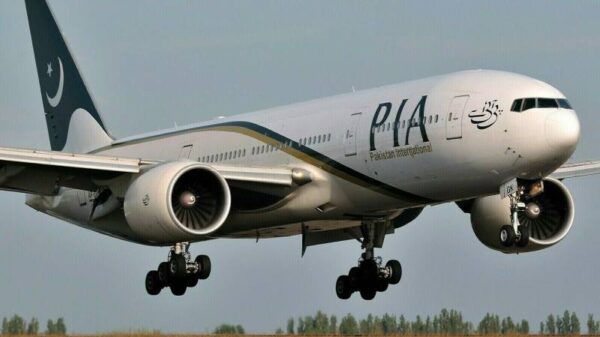On Friday, India will officially commission its first home-built aircraft carrier, marking the completion of 17 years of building and testing as the country strives to catch up with its regional foe China and its far larger naval fleet.
However, the INS Vikrant will not have its squadron of fighter jets on board; rather, it will rely on a few aircraft designed in Russia that has been leased from India’s sole another carrier, the INS Vikramaditya.
Both the French company Dassault and the American company Boeing are in a heated competition to supply the Indian government with more than two dozen jets that would be used on the Vikrant. The Vikrant will be constructed at the state-run Cochin Shipyard in southern India.
Reuters was unable to get a response from either the Indian Navy or the Indian defense ministry regarding their questions.
The aircraft carrier was designed by the Indian Navy and is the largest warship ever constructed in the country. It can house a crew of approximately 1,600 people and can operate a fleet of 30 aircraft, some of which are fighter jets and helicopters.
According to India’s defense ministry, more than seventy-five percent of the ship’s components are locally sourced, with a half dozen major industrial organizations and over one hundred smaller businesses providing equipment and machinery.
After over a year’s worth of operational testing at sea, the Vikrant will finally be commissioned on Friday by Prime Minister Narendra Modi.

“The performance of the ship when it is undergoing sea trials will serve as the conclusive evidence. Aircraft operations have not yet begun, even though it appears to be performing fairly well in terms of their stability. “One hopes it will be a success story all the way,” former chief of India’s naval staff admiral Arun Prakash told Reuters. “One hopes it will be a success story all the way.”
“The selection of an aircraft got de-linked from the carrier project due to our typically disconnected decision-making process,” he stated. “A decision has not yet been made on this matter.”
“We knew that the ship would probably be commissioned this year, and the selection process, in addition to discussions, should have begun far in advance, possibly three to four years earlier than they did.”
According to Prathamesh Karle, a naval analyst at Janes, the Vikrant does not have a naval radar system, as implied by recent photographs published by the Navy. These images were provided by the defense intelligence company Janes.
According to statements made by Karle to Reuters, “It would therefore take some time for Vikrant to be operationally deployed along with its aircraft.”
Mahnur is MS(development Studies)Student at NUST University, completed BS Hons in Eng Literature. Content Writer, Policy analyst, Climate Change specialist, Teacher, HR Recruiter.










